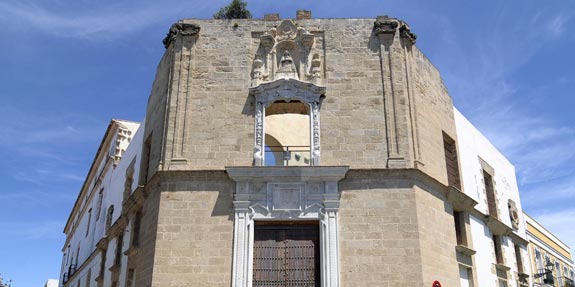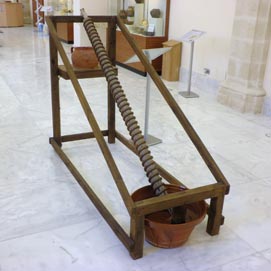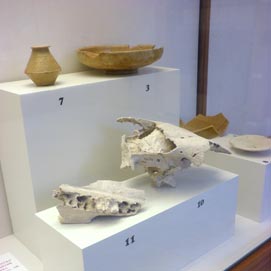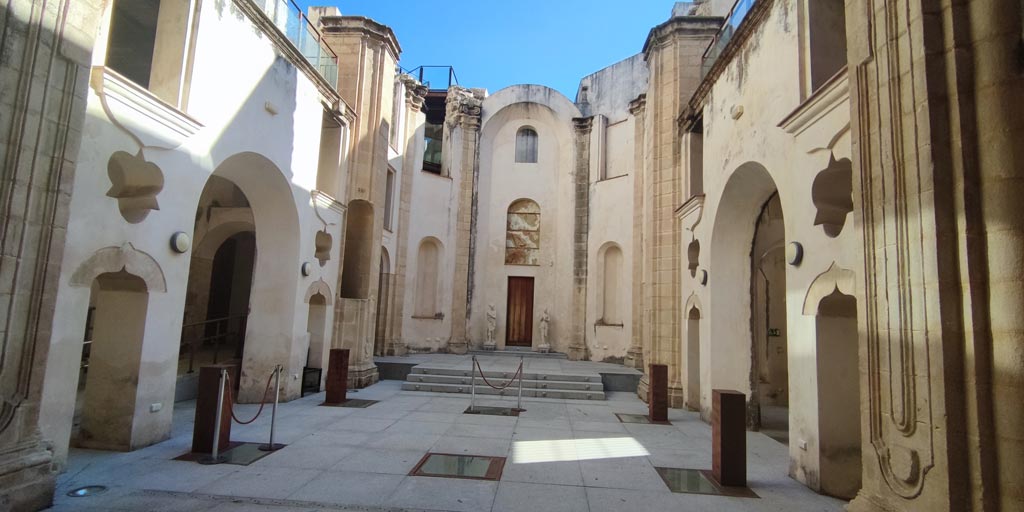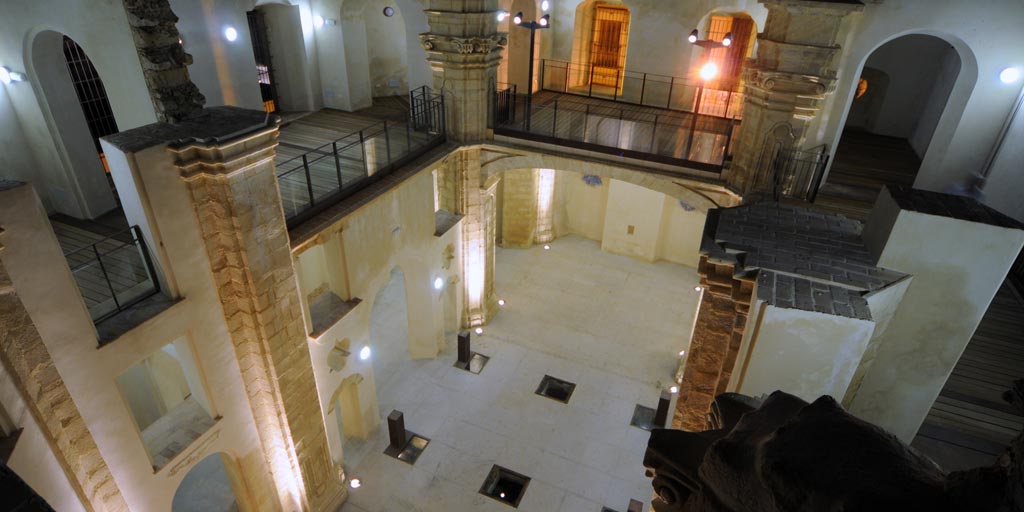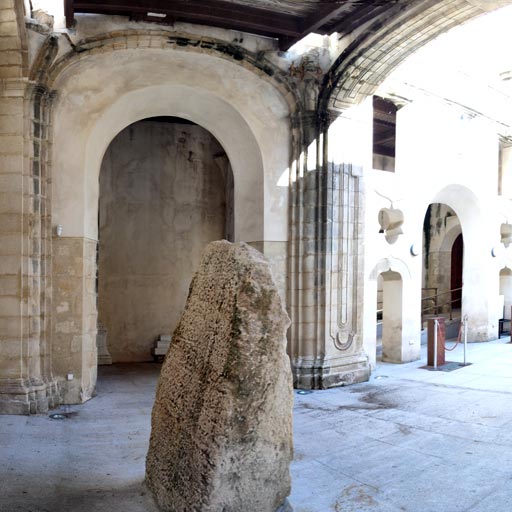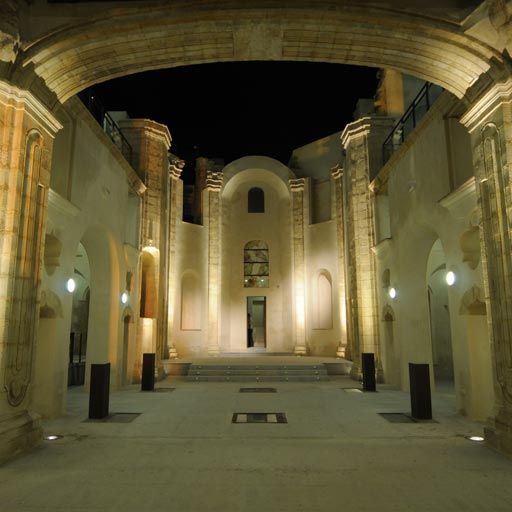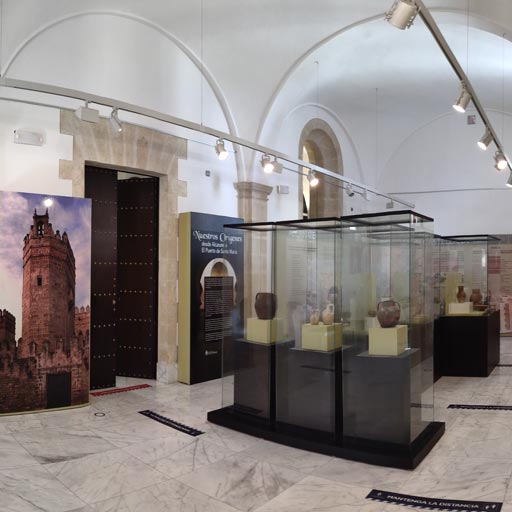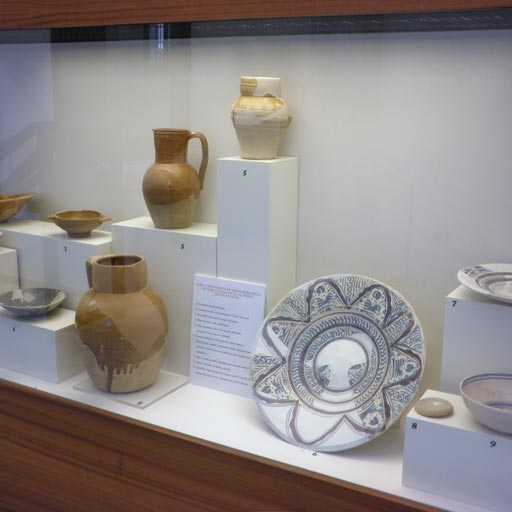Like the rest of the Iberian Peninsula, the transition into the Early Middle Ages in El Puerto de Santa María is characterized by a dispersion of the rural world and the disintegration of the urban complexes established and consolidated in the Late Roman Empire.
Archaeological records of the Central European Visigothic culture are based on the penetration of cultural currents from the Barbarian territories, new funerary rites based on Arian rituals, and the proliferation of a purely rural life on the same settlements from the Late Roman Empire and the Antiquity
Several necropolis have been found both at the current location and the agricultural and livestock area of El Puerto de Santa María. They are burials with grave goods consisting of iron weapons, daggers, arrowheads, and belt buckles and claps of copper and bronze that show Central European features in all religious and civil styles and symbols. Two clearly Visigothic necropolis were discovered and documented at El Barranco Estate, which is next to Lagunas de Terry, and during the restoration works of Saint Claire's Hermitage by the Workshop School. The grave goods found at both necropolis are exhibited at the Alcanatir Exhibition Room.
Traces from the Early Middle Ages appear at the Lower Guadalete River and El Puerto de Santa María in the shape of archaeological rests of buildings and different items from the Al-Islamic period, which covers a time span between the eighth and late thirteenth centuries (1275) and a long population and cultural settlement of Islamic cultures, the emirates, the caliphate, the taifas and the Almohad dynasty.
The territory that today encompasses El Puerto de Santa María was formed by a series of farmhouses or groups of rural houses protected by hills and towers during the Islamic period. These scattered farmhouses that were typical of the Islamic world appeared in the Iberian Peninsula in every farming area, they grouped irrigated orchards, water wells, wastelands for cattle, and so on. They are still known today due to their places names, which were registered in the distribution maps in the fourteenth and fifteenth centuries, and preserved in the rural areas of El Puerto, Alcanatir, Sidueña, Grañina, Campix, Vaina, Finogera and others..
The Municipal Archaeological Museum has documented the archaeological findings from this period in all the structural remains of the farmhouses, kitchen utensils, tableware, water and wine containers, defensive and offensive weapons, and chess pieces as well as a magnificent, fourteenth-century gravestone from the Marinid dynasty that now belongs to the collection of Bodegas Luis Caballero. The exhibition ecompasses the Late Middle Ages with archaeological and stratigraphic remains from the fifteenth to the seventtenth century, an important collection of Moorish or Mudejar plates from Victoria Monastery and findings from urban excavations at Isaac Peral Square.
- C/ Ganado, 58 - Tfno: (+34) 956 858 313
- Acceso y aseos adaptados - Disabled acces with adapted toilet
- Precio: Gratuito
- Price: Free
- Martes a Viernes: De 10:00 a 14:00 h.
- Tuesday to Friday: 10:00 to 14:00 h.
- Sábados, Domingos y Festivos: De 11:00 a 14:00 h.
- Saturday, Sunday and Holidays: 11:00 to 14:00 h.
- Grupos previa reserva - Groups reservation necessary
